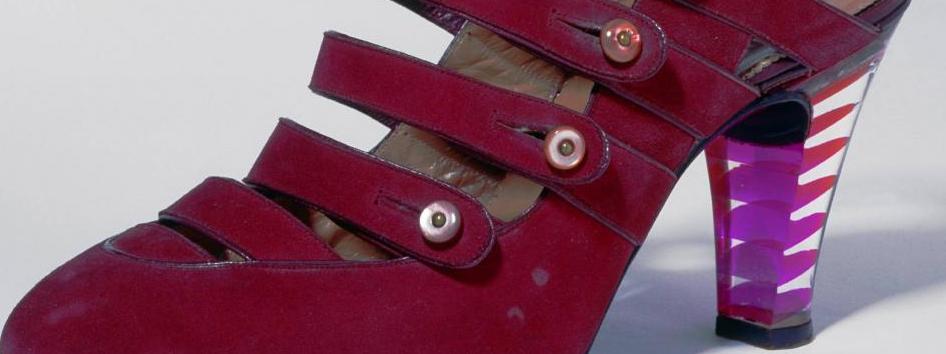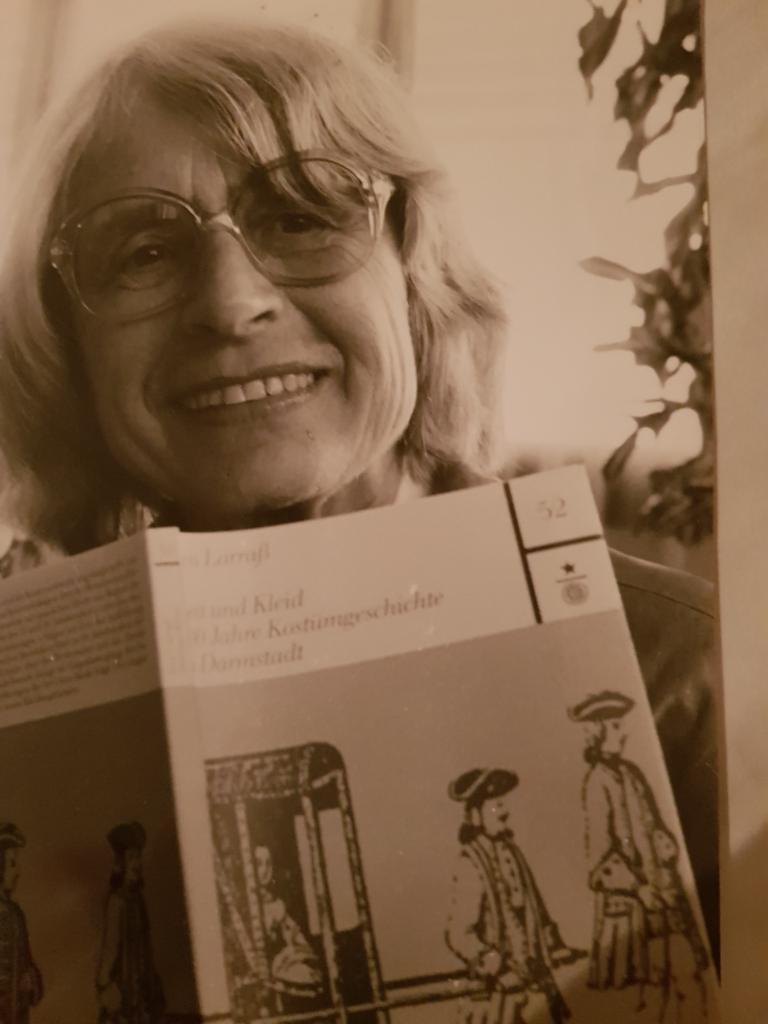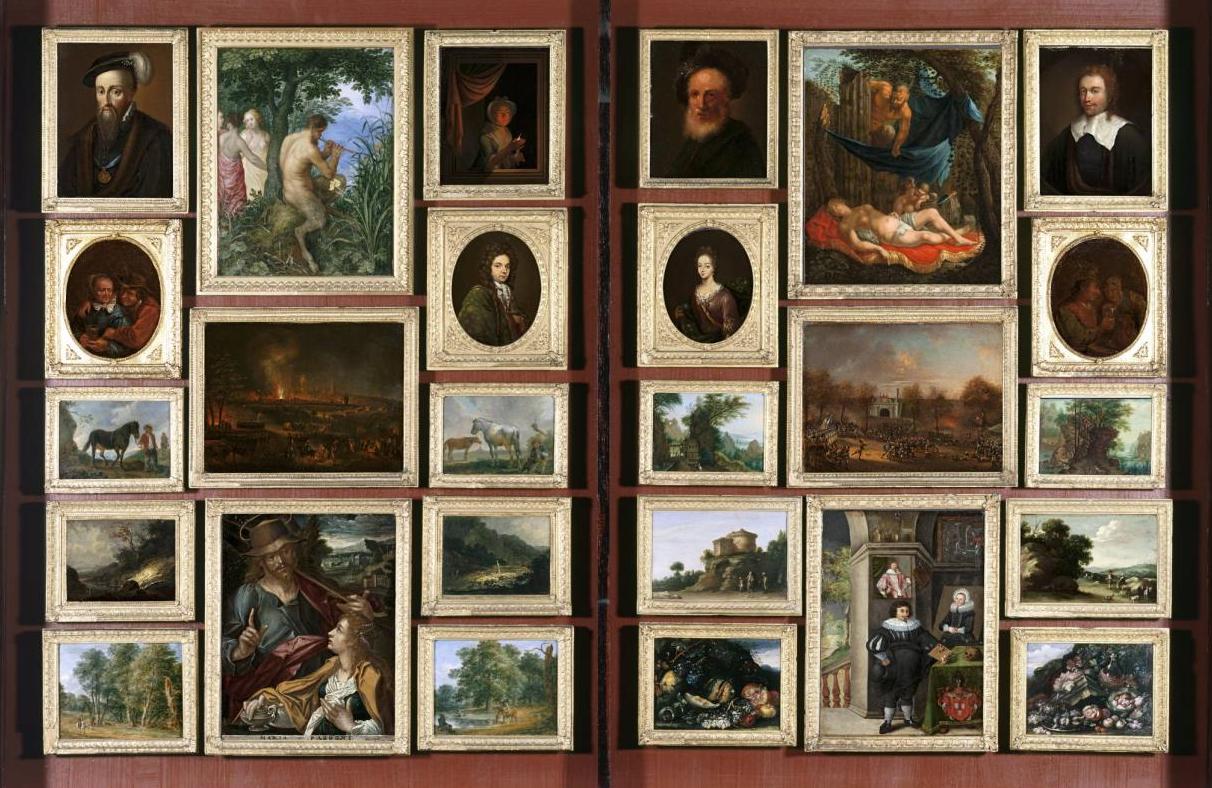
Collection – Fashion and textile
Today, the Historisches Museum mainly collects clothing and accessories as sources on the history of society and what is known as “Alltagsgeschichte” (the history of everyday life), a discipline with widely diverse aspects, such as fashion as a symbolic system and means of social representation, dress codes, the meaning of clothing for the formation of the body or the moral values conveyed by clothing. A current research project in this collection: “Putting clothes into motion”.
Conversely, the collection of undergarments from 1860 to today is excellent, with around 1,000 objects. Even accessories such as headdresses, gloves, stockings, shoes, bags and containers, canes, umbrellas and boxes are represented with valuable collections. There are also handiwork and handicrafts supplies and home textiles such as tablecloths, bed linen, embroidered pictures and wall hangings. The inventory is supplemented by sample collections and sample books (such as materials and buttons) from different manufacturers and distributors.
The Frankfurt “Modeamt”
In the spring of 2022, the museum succeeded in acquiring from the family estate three items of clothing that the former head of the Modeamt, Margarethe Klimt, had taken with her to her native Vienna after her retirement. They are an excellent source for tracing the design and production plans of the Modeamt on the original. Click here to find out more on the research project.
Specialist literature and fashion diagrams
The Jewellery Collection
Literature
Literatur Mode und TextilDetailed reports
Hängung der Tapisserie Bauerntanz vor dem Wirtshaus im Frankfurter Römer (Januar 2012)Wie verpackt man einen etwa 3 x 4 m großen Wandteppich? (März 2011)
Schmuckschatullen der etwas anderen Art (November 2010)
Bericht über die Restauratoren in art kaleidoscope (März 2010)
Restaurierungen 2009



